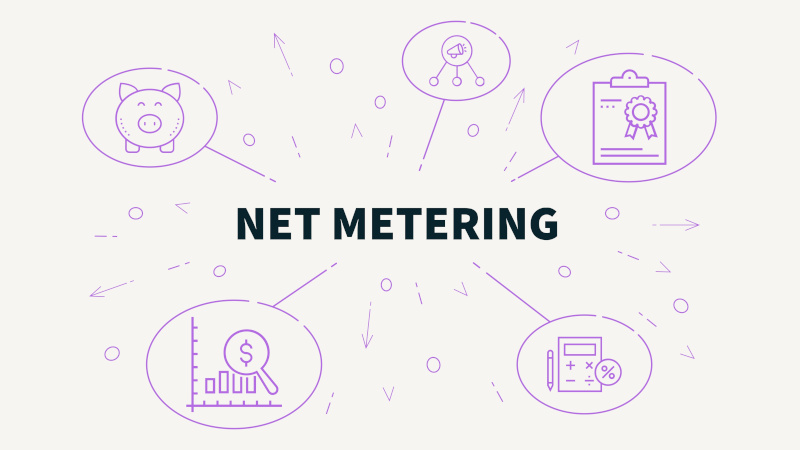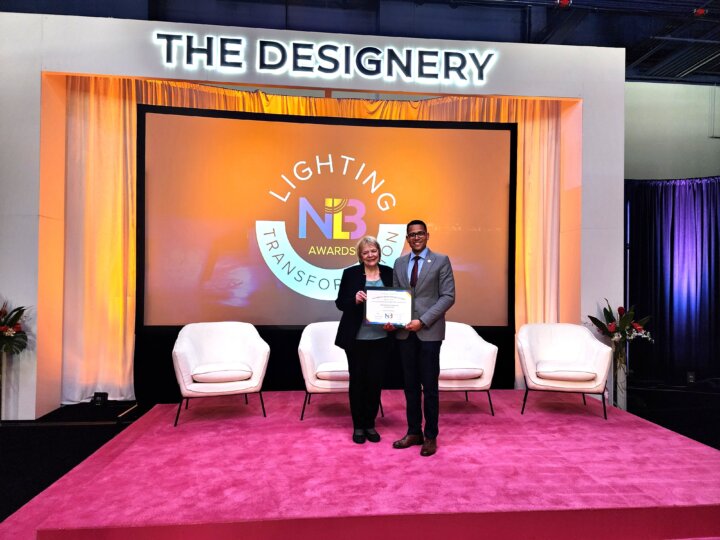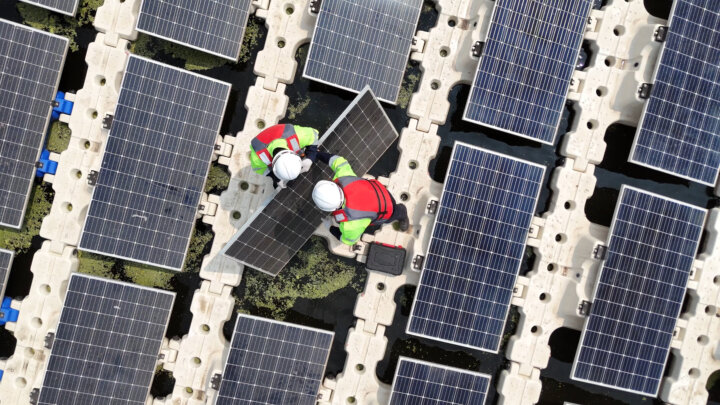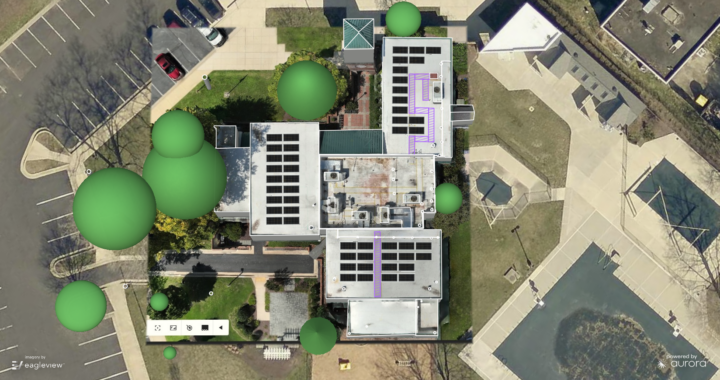The world of commercial and industrial (C&I) enterprises is embracing photovoltaic (PV) projects as a means to cut energy costs and lessen their environmental footprint. In this article, we’ll explore C&I photovoltaic projects and the substantial influence that net metering has on streamlining the financial aspect of these initiatives. We’ll take a closer look at what net metering means and provide a real-life example to illustrate how it can reduce the simple payback period for businesses. But before we dive into these details, let’s establish a bit of context.
Understanding C&I Photovoltaic Projects
C&I photovoltaic projects encompass solar energy installations that cater to the energy needs of commercial and industrial businesses. These projects entail setting up solar panels on rooftops or open areas, allowing companies to generate their electricity from the sun. C&I projects deliver a variety of advantages, including:
Energy Cost Savings: Solar power has the potential to significantly slash electricity bills, freeing up funds for other vital business operations.
Environmental Responsibility: By reducing carbon emissions and environmental impact through the use of clean, renewable energy.
Energy Independence: Lessening the dependency on traditional utility grids, resulting in a more dependable energy supply.
The Role of Solar Contractors
To turn C&I photovoltaic projects into a reality, companies often team up with solar contractors. These experts specialize in designing, installing, and maintaining solar PV systems, ensuring that they are tailored to meet each business’s unique requirements. Solar contractors play a pivotal role in the successful execution of these projects. Call Big Shine Energy today and learn how we can help you.
Net Metering: Transforming C&I Photovoltaic Projects
Net metering is a policy that allows C&I customers with solar installations to receive credit for the surplus electricity they generate and feed back into the grid. Here’s how it operates:
When the solar panels generate more electricity than the business consumes, the excess electricity is sent back to the grid.
The electric meter keeps tabs on both the electricity drawn from the grid and the surplus electricity sent back to it.
At the conclusion of a billing cycle, the company is billed only for the “net” electricity consumed, which is the difference between what they used and what they contributed to the grid.
This policy is a game-changer for C&I photovoltaic projects, as it empowers businesses to maximize the value of their solar installations. Instead of wasting surplus energy, they can employ it to offset their electricity expenses.
Real-Life Example: Net Metering and Simple Payback Reduction
Let’s consider a hypothetical scenario to grasp how net metering can significantly affect the simple payback period for a C&I solar project.
Imagine a medium-sized manufacturing facility that has installed a 250 kW solar PV system at a cost of $300,000. Without net metering, the simple payback period would be calculated based solely on energy savings, typically ranging from 5 to 10 years.
However, with net metering in place, this facility can sell any excess energy back to the grid and accumulate credits for it. If their solar panels generate more electricity than they consume during periods of intense sunlight, these surplus credits can be used during cloudy days or at night when the solar panels are not producing energy. This effectively extends the financial benefits of the project.
In our example, with net metering, the simple payback period could potentially shrink from 7 years to just 4 years. The financial feasibility of the project improves significantly, making it a more enticing investment for the business.
Conclusion
C&I photovoltaic projects are gaining momentum as businesses seek to trim their energy costs and reduce their environmental impact. Teaming up with a seasoned solar contractor such as Big Shine Energy and capitalizing on net metering can make these projects even more financially appealing. Net metering, by allowing businesses to accrue credits for surplus energy generation, can dramatically decrease the simple payback period, making the adoption of C&I photovoltaic projects a savvy choice for companies eager to embrace clean energy while simultaneously reducing costs.
